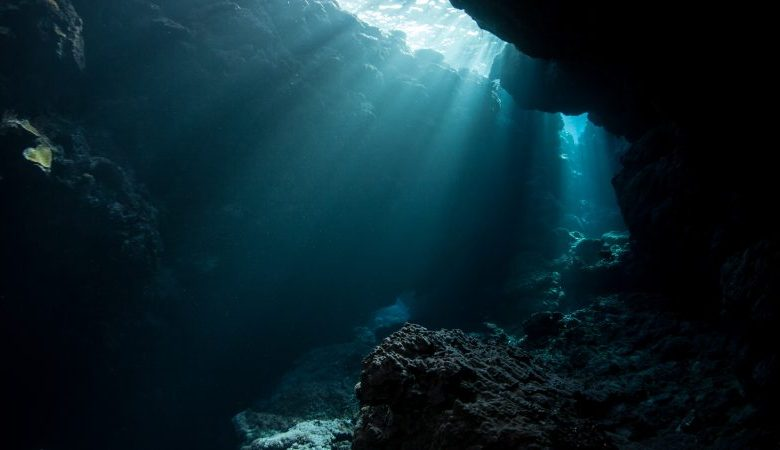Creatures buried in the Pacific may play a role in the next earthquake

Scientists have uncovered an intriguing factor that could influence the magnitude of the devastating earthquake at the Hikurangi subduction zone, fossils of tiny marine organisms that lived tens of millions of years ago.
The Hikurangi induction zone is the largest boundary rift between two plates in New Zealand, extending off the east coast of the North Island, where the two plates meet. It is the place where the Pacific plate sinks (subducted) under the Australian plate, according to plate tectonics. This region can generate earthquakes of enormous intensity, with the potential for destructive earthquakes stronger than 8 on the Richter scale.
And the new research shows that small, ancient marine organisms could have a significant impact on the seismic event coming from there.
Scientists studying the region have found that calcite deposits, left over from clumps of single-celled marine organisms tens of millions of years ago, can control the level of movement and friction between the Pacific plate and the Australian plate.
Scientists explain that if this calcite is able to dissolve, like a cube of sugar in tea, in high enough quantities, it would allow the two tectonic plates to slide easily without causing noticeable earthquakes at the surface. But if it does not disintegrate, it will disrupt the movement of the plates, as the fault line can trap and store a large amount of energy that can eventually be released as a more powerful earthquake.
“Calcite melts faster when stress is high and when temperatures are lower,” says structural geologist Caroline Bolton of Te Herenga Waka - Victoria University of Wellington in New Zealand. That is, it melts more easily at lower temperatures, such as room temperature. But it is difficult for it to melt as the temperature rises, for example, in the depths of the Earth.”
In the depths of the subduction zone, the temperature increases gradually with depth, warming by about 10 degrees Celsius per kilometer of depth. Calcite shells that fail to dissolve far below the surface can have a significant impact on fault movement.
The fault itself is difficult to reach, requiring expensive drilling equipment, so the scientists used exposed layers of limestone, siltstone and alluvial stone on the local coast in the southeast of Martinborough, on the island. North, as an alternative.
The rocks there contain calcite, a common carbonate mineral that comes here from the fossilization of marine organisms that are mainly of the type known as foraminifera (including plankton and other protozoa).
"The amount and behavior of the calcite formed by these organisms is a big part of the puzzle about the magnitude of the next earthquake," Bolton says.
Geologists know little about the Hikurangi subduction zone in New Zealand, because it cannot be examined up close. Also, the record of previous earthquakes is not completely comprehensive, and knowledge of its condition is not accurate, which makes it difficult to predict the next big earthquake.
Scientists say that there is a 26% chance of a major earthquake occurring in the next 50 years along this rift, which could generate a large tsunami in the ocean waters.
All kinds of factors play a role, but this study shows how plate motions can be slow and light, or fast and massive, and the more we know about the underwater build-up of calcite, the better because we'll be able to discover what comes next.
"Just imagine how these long-dead microorganisms can influence how two massive tectonic plates interact mechanically," Bolton says.
The results of this full study have been published in the journal Lithos.
Source: websites

